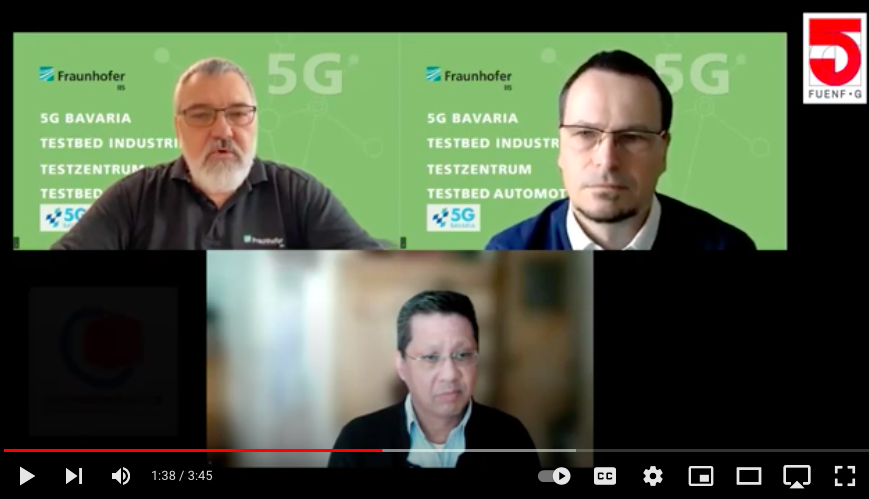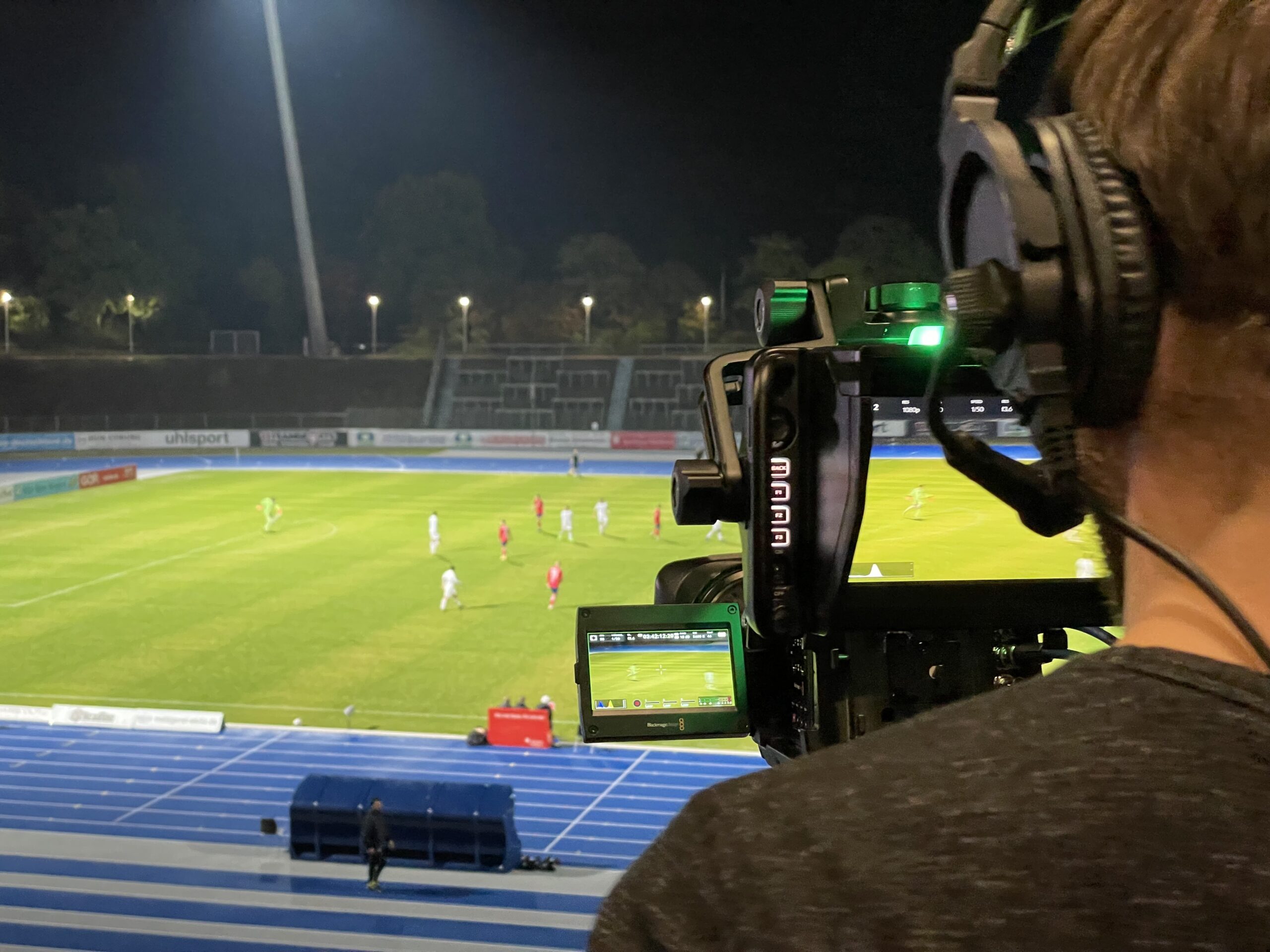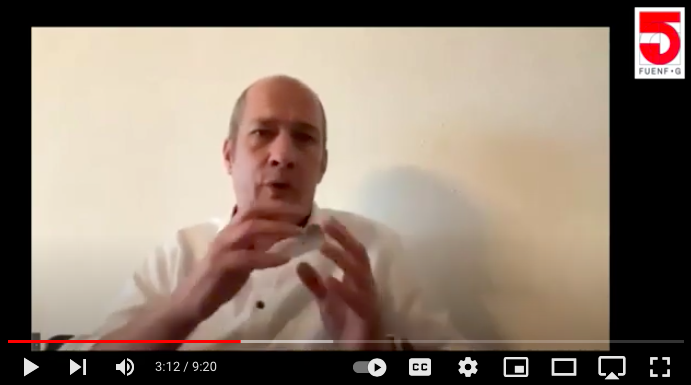The connections of the Internet of Things will continue to grow strongly. A partnership ensures that AWS computing and storage services are embedded in Verizon’s data centers at service access points at the edge of the 5G network. (Picture: mylk+honey)
In normal times it is a huge event: Amazon’s customer event in Las Vegas. Last year, there were about 65,000 visitors before Corona, who were looking for innovations of the Internet company at the re:Invent. Here, a keynote speech can last a good three hours, like that of Andy Jessy. He is the CEO of AWS, the cloud business and Amazon’s key profit driver (with 10% of sales, AWS contributed 60% of profits in Q4-2018).
The major three-week event – this year set up as a virtual conference for the global cloud computing community – is always an opportunity for announcements and plans. One of the news items from last year has now been implemented.
The partnership between AWS and Verizon is now based on enabling 5G mobile edge computing with AWS Wavelength in Boston and the Bay Area. Developers and businesses are opening up entirely new categories of applications that bring the power of the cloud to mobile and connected devices at the edge of Verizon’s 5G Ultra Wideband network – ten times faster than 4G at up to ten gigabits per second.
Autonomous industrial equipment
Autonomous industrial equipmentAWS Wavelength extends the cloud provider’s infrastructure, including computing and storage services, to the edge so developers can create ultra-low latency applications such as machine learning and deploy them on 5G mobile devices. With AWS Wavelength, Verizon is working with customers in Chicago to test 5G Edge, the company’s innovation platform for these same applications. Applications such as inference at the edge, autonomous industrial equipment, networked cars, smart cities and smart factories, and the Internet of Things (IoT), as well as live and interactive video and game streaming, are set to take off.
From a technical perspective, Wavelength extends the infrastructure to Verizon’s networks by embedding AWS computing and storage services in Verizon’s data centers at service access points at the edge of the 5G network. This allows traffic to reach application servers running in wavelength zones without leaving the cellular network. This reduces the latency that would result from multiple hops to the Internet and allows developers to leverage the potential of 5G for their applications in such industries as healthcare, entertainment, manufacturing and sports. Both Verizon and AWS are committed to bringing 5G Edge to more cities.
Eight currencies from 5G
Verizon also coined the term “eight 5G currencies” at last year’s event, which makes 5G networks special compared to previous mobile networks. These eight performance attributes are essential for a true 5G network to reach its full potential.
Throwback: Large stage for eight currencies from 5GThe video Hans Vestberg of Verizon Talks About Collaborating With AWS on 5G breaks down these eight premises – throughput, service delivery, mobility, connected devices, energy efficiency and data volume as well as latency and reliability – into their individual components. Talking to Andy Jassy, CEO of AWS, Hans Vestberg, CEO of Verizon, explains the approach in ten minutes.
Parts of this article was translated with www.DeepL.com/Translator









Leave A Comment